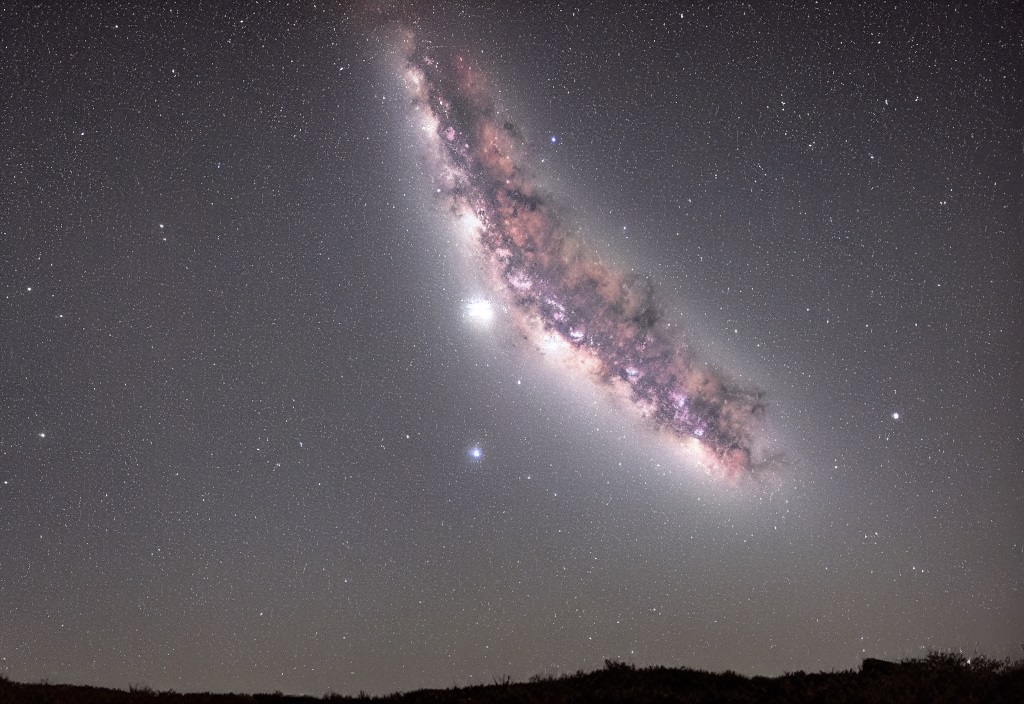Andromeda and the Great Galactic Dance: A Cosmic Collision in the Making
2 min read
The Andromeda Galaxy, our nearest galactic neighbor, has long been a source of wonder and intrigue. As it gracefully spins through the cosmos, Andromeda carries within it the potential for an extraordinary event—a cosmic collision with our own Milky Way. This unique article explores the imminent merger between Andromeda and the Milky Way, delving into the scientific discoveries and awe-inspiring implications of this epic encounter.
The story begins with the recognition that Andromeda and the Milky Way are on a collision course. Over billions of years, the gravitational forces between these massive galaxies have been subtly drawing them closer together. Scientists have used advanced astronomical observations and simulations to unravel the intricate orbital dynamics that will eventually lead to their dramatic interaction.
As Andromeda and the Milky Way converge, their gravitational pull will cause them to distort and stretch, creating mesmerizing tidal interactions. The swirling dance of stars, gas, and dust will give rise to breathtaking cosmic displays, including the birth of new stars, the formation of vast stellar streams, and the potential for dazzling bursts of cosmic fireworks.
The merger of Andromeda and the Milky Way will profoundly reshape both galaxies. Through computer simulations and observations of other galactic mergers, scientists have gained insights into the aftermath of such colossal events. The merger will trigger intense star formation, trigger the activation of supermassive black holes, and drive the redistribution of stars and gas, altering the galactic landscape as we know it.
As the Milky Way and Andromeda converge, one question captivates our imagination: What will happen to our solar system? Scientists assure us that the vast distances between stars ensure that individual star systems, including our own, will likely remain relatively untouched by direct collisions. However, the gravitational disturbances and influx of new stellar neighbors could lead to intriguing interactions, reshaping the paths of stars and potentially giving birth to new planetary systems.
The collision of Andromeda and the Milky Way offers a rare opportunity for astronomers to witness and study the dynamics of galactic mergers up close. By observing this celestial event, scientists will gain invaluable insights into the fundamental processes that govern galaxy formation, evolution, and the broader structure of the universe. The Andromeda-Milky Way merger holds the potential to unlock hidden secrets of cosmic history and deepen our understanding of the universe’s grand tapestry.
The impending collision between Andromeda and the Milky Way represents a monumental cosmic event—one that will forever change the face of our galactic neighborhood. From the captivating dance of galaxies to the transformative aftermath, this unique article highlights the scientific wonders and profound implications of this cosmic encounter. As Andromeda approaches, we stand at the precipice of an extraordinary era, where humanity will witness firsthand the immense forces that shape the cosmos and discover new insights into our place within the vast expanse of the universe.



